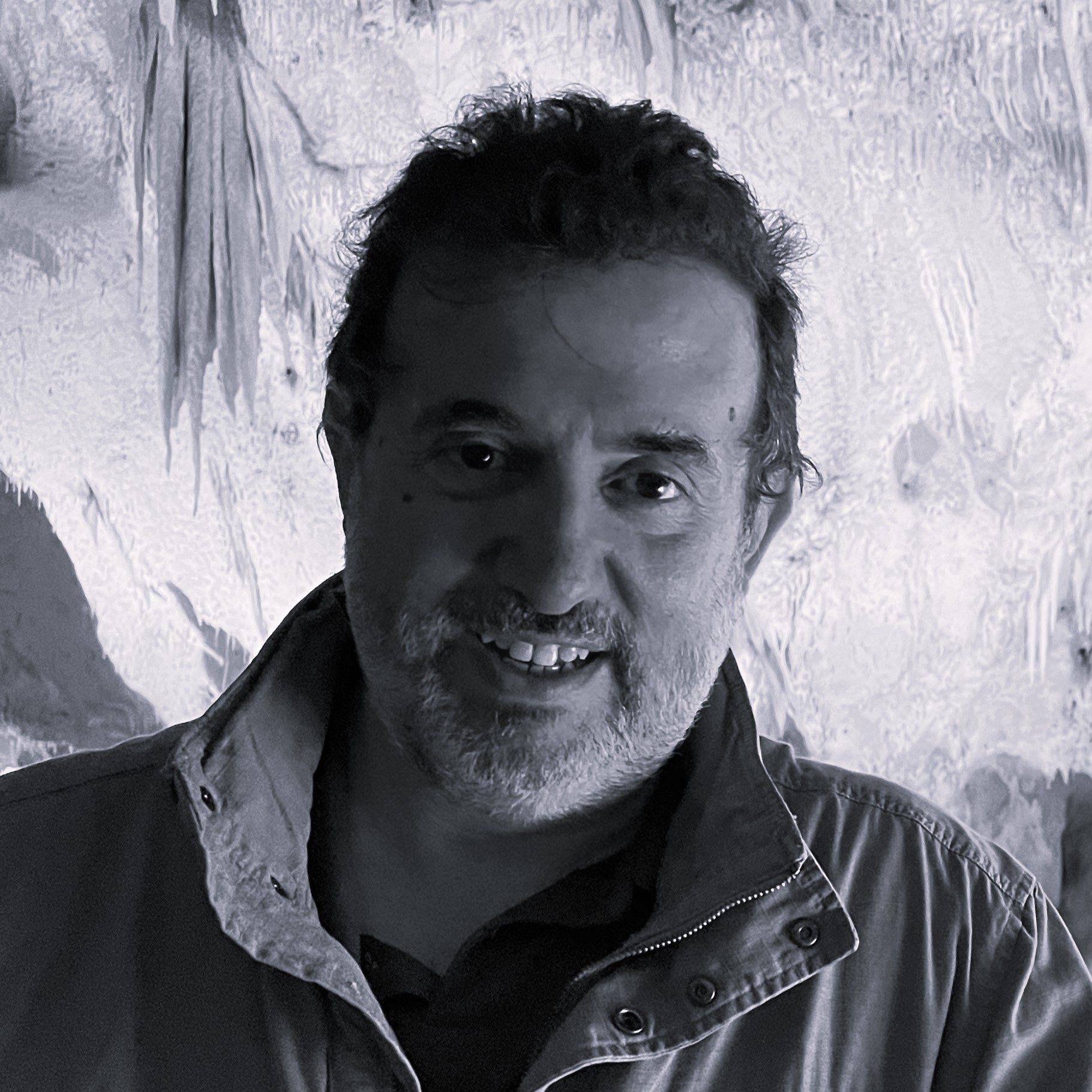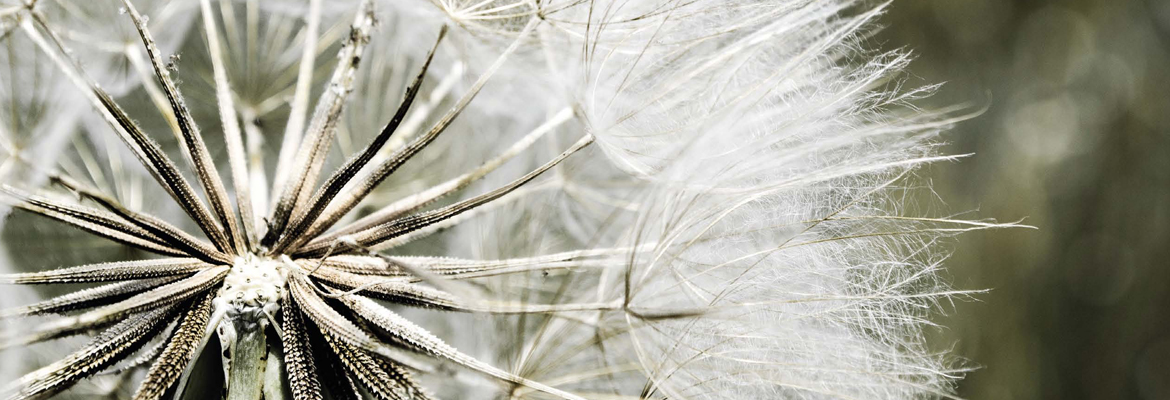In Hannover, Germany, the natural rubber used for treads has been replaced by a new product, an extract of dandelion (to be precise of the Russian dandelion, Taraxacum kok-saghyz), then renamed “taraxagum”. The new tyres that Continental is planning to launch on the market in the next five-ten years, have been developed by the Fraunhofer Institute of Molecular Biology and Applied Ecology together with the centre for agricultural research Julius Kühn-Institut and the Aeskulap GmbH, a company specialized in medical and technical research.
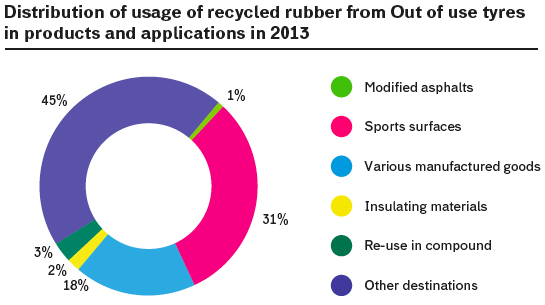
In order to grow this plant, which is already growing spontaneously in many parts of the countryside, many inactive fields in European temperate regions will be used.
But why should we produce rubber from such an unconventional source, instead of continuing to extract it from the Hevea brasiliensis, as it has been done for two centuries?
The latex which is extracted from the cortex of this majestic plant, also known as rubber tree, is very precious, at least since 1839, when Charles Goodyear developed a special treatment, vulcanization, which was able to give special elasticity to its derivatives and which has proved essential in the tyre industry.
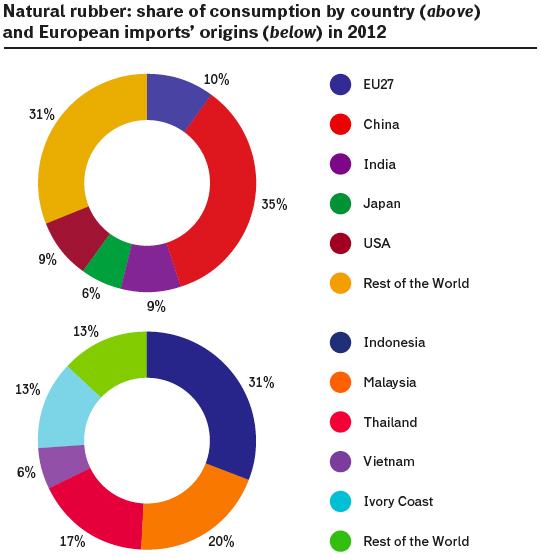
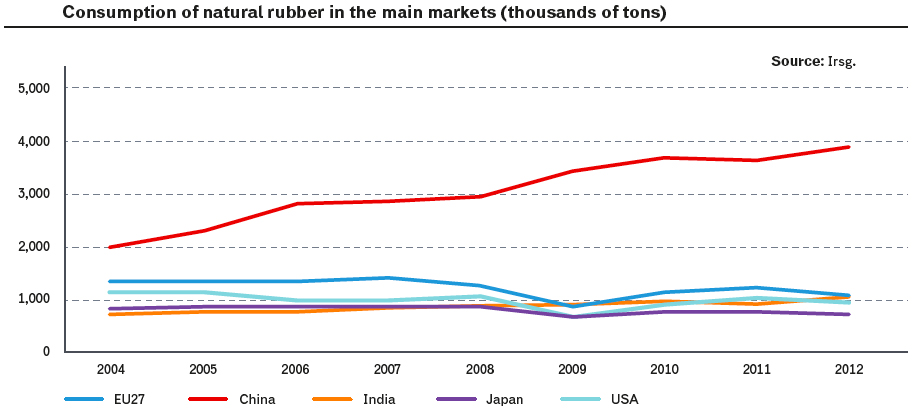
Since then, people have tried in all possible ways to plant the Hevea outside of Brazil, but with little success. Currently this plant is only grown in Southeast Asia, in some tropical African countries, and obviously, in some parts of Latin America.
This is not enough to satisfy the global demand for natural rubber, especially as some Hevea plantations are being replaced with oil palms, more profitable for local economies, and also because a parasitic bacteria is attacking the roots of Hevea brasiliensis, causing its death.
Despite the economic crisis, the car industry, both at a global and European level, continues to register an upside trend, pulling with it the tyre industry.
According to the latest “European Tyre & Rubber Industry Statistics” by ETRMA, the European association of tyre and rubber products producers, from now to 2025 the market is supposed to grow, despite 2012 being a particularly hard year.

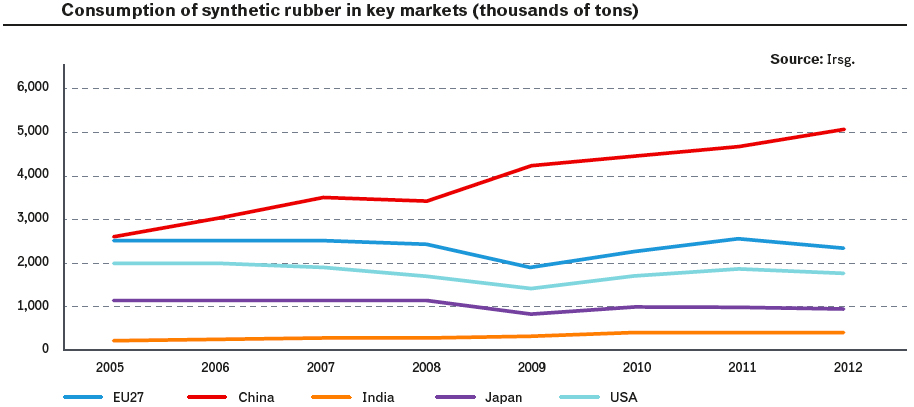
So, although in crisis, in 2012 Europe alone has consumed 1,100 kt of natural rubber, coming mainly from Indonesia, and about 2,400 kt of synthetic rubber (after China, Europe is the main consumer of natural rubber in the world). Out of these amounts of rubber, the tyre industry has absorbed 74% of natural rubber (800 kt) and 48% of synthetic rubber (1.100 kt).
In terms of market trends in the tyre and rubber products industry in our continent, the historical series show a serious decline in sales in 2008 (-8% of 2007 productions) with an even more dramatic drop in 2009 (-21.3%), an equally rapid growth in 2010 (+22.7%) with a positive trend in 2011 (+3%) and another drop in 2012 (-8%).
In 2013 a very slow recovery was registered in all sectors, apart from the car industry (-1%), although not an exciting one. “2013 was definitely not a boom year for the tyre market” explains Fazilet Cinaralp, secretary general of ETRMA, “however, sales data show a strengthening of the market and a return to growth after such a negative 2012. Our hope is that this trend is confirmed in 2014, for which we are expecting a 2-3% growth”.

In other words, the tyre industry, with its ups and downs, is not coming to a halt, it needs raw material and is looking for substitutes for Hevea brasiliensis latex. A potential substitute could be a perennial shrub from Mexico, the Guayule (Parthenium argentatum), already known for its widespread use in the USA during the Second World War. Italy too had expressed an interest in it in 1938, when the Ministry of Industry wanted Pirelli and Iri to found the Italian agricultural autarchic rubber society (Saiga, Società agricola italiana gomma autarchica): in 1940, 25 million Guayule plants were shipped from California to Cerignola, Puglia, in the hope that every hectare of cultivated soil could generate at least a ton of rubber. With the end of war, the project was suspended and the Tavoliere countryside was brought back to its cereal growing vocation.
This was a pity, because Guayule is a plant with a very low environmental impact, it needs very little water and does not require pesticides. In addition, its latex is hypoallergenic, making it good also for the medical industry. However, in recent times Versalis, the company of the ENI group specialized in biomaterials, together with Yulex Corporation, turned again to Parthenium argentatum and started its exploitation.
There are also those who are not thinking of replacing Hevea brasiliensis, but only improving it genetically: for a few years, Bridgestone has launched a project of Dna decoding for the rubber tree, from which it is hoping to obtain high quality and 100% sustainable tyres in the next decades – the objective is 2050.
Will this be the right path? Meanwhile, other plants are proposed for the “biotyre” market. Oranges, for example. In Japan, thanks to nanotechnologies, Yokohama is developing a mixture based on oil from orange peel. The “recipe” is called BluEarth.
Another recipe made from “residues” of food products comes from Goodyear Tyre & Rubber Company which has developed a system based on rice husk. Also called chaff, husk is a sub product of the processing of crude rice, often sent to incinerators for energy recovery with a problem of ashes recovery. These ashes, however, can now be used to produce an eco-friendly silica that is useful in tyre production: “Silica – explains Goodyear – is mixed with the rubber from the tyre tread to reinforce it and reduce resistance to rolling, contributing to less use of fuel. It can also have a positive impact on the adherence of the tyre on a wet surface”.
Since last year, Pirelli too is experimenting a less environmentally impacting procedure in Brazil, in order to extract silica from the residues of rice production. Among Italian cases, the work of Novamont deserves a special mention, a company already known for its Mater-bi, obtained from corn starch, which in the tyre industry can successfully replace lampblack or silica.
This new tyre, made by Goodyear, will be lighter, will consume less tread, will be less noisy, will be responsible for fewer emissions of carbon dioxide and will require less energy during the production phase. For the user, the better roadholding and less fuel usage will certainly be good news.
New opportunities from nature therefore appear countless. Some time ago the president of the Bridgestone Americas Center for Research and Technology, Hiroshi Mouri, said there are at least 1,200 different plant species, from which to extract rubber for the tyre industry. Obviously they are not all convenient, they do not all grow at every latitude and they do not have the same environmental impact.
The crisis, be it economic, environmental or war related, is the mother of all inventions. The use of dandelion for tyre production is not a novelty. In the Soviet Union it had been used since 1922 but it was during the Second World War that its cultivation was boosted. And the same was done by the United States, Spain, Great Britain, Sweden, Germany, Australia and New Zealand.
Today like in the past, research is the only solution to the crisis.
The second life of tyres
A conversation with Giovanni Corbetta, General Manager of Ecopneus
They are called “ELTs”, “end-of-life tyres”: they are the tyres of our cars (but also trucks, tractors, motorcycles etc.). Up until a few years ago, it was not uncommon to see piles of them stacked in junkyards and, unfortunately, even abandoned at the side of roads or in improvised illegal dumpsites. Today, 3 years on from the introduction of ELTs recycling and collection system, the situation has dramatically changed.
“We are very young” underlines Giovanni Corbetta, General Manager of Ecopneus, the main Italian limited liability consortium in charge of finding, collecting, treating and sending to a final destination used tyres. “We were born ‘because of the law’ in 2011, although in some way we were already active at least since 2006. And in a few years we have reached important objectives. Only in 2013 we have recovered over 247,000 tons of used tyres from over 33,000 tyre repairers all around Italy.”
According to the “Sustainability Report 2013” by Ecopneus, all these recovered tyres amount to 347 million tons of CO2, which could be avoided thanks to the use of recycled rubber instead of new rubber, 3,2 billion of kWh of saved energy; 1,3 million cubic metres of water which was saved in the productive cycles of new rubber, steel and other tyre components.
“Of these 247,000 tons, 152 are destined to energy recovery in cement factories and 62 to the recycling market in the form of granule and rubber dust, although the percentage of recovered material is growing and this is our own very objective. Compared to other European countries, unfortunately in Italy we still have too many barriers, both cultural and bureaucratic, which need to be overcome to comply with recommendations on recovered material. There still exist grey areas that leave ample margins of ambiguity on what can be considered waste and what is recyclable material.
With products obtained from ELTs it is possible to lay road surfaces, build artificial football fields and sports floors. In the future we see the possibility of increasing the use of recycled rubber, thus reducing consumption of new rubber and oil.The research on devulcanization of rubber is also providing very encouraging results.”


